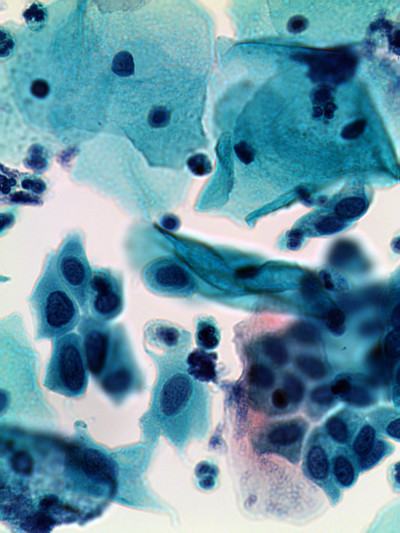Laboratory Services
Fetal Hemoglobin F by Flow Cytometry
Print this pageUpdated Test Information:
| Test Description |
Fetal Hemoglobin F by Flow Cytometry
|
|
|---|---|---|
| Synonym(s) |
HgbF; HbF; Fetomaternal Hemorhage; Fetomaternal Bleed, flow cytometry, blood; Fetal RBC %; Fetal Materal Bleed |
|
| Test ID |
FETAL HGBF-FLOW
|
|
| Performing Lab |
Incyte Diagnostics - Spokane AP Lab |
|
| General Information |
This test is for the detection of fetal bleed, it should not be used to detect the hereditary persistence of fetal hemoglobin (HPFH) or to detect fetal maternal hemorrhage in a mother with HPFH. |
|
| Container Type |
EDTA Lavender Blood collection tube |
|
| Specimen Type |
Whole blood EDTA |
|
| Specimen Requirements |
Full tube |
|
| Alternate Specimen Type |
none |
|
| Specimen Collection / Processing Instructions |
Do not centrifuge. Invert several times to mix. Send whole tube - do not aliquot. |
|
| Minimum Sample Volume |
1 ml |
|
| Pediatric Min. Volume (if applicable) |
n/a |
|
| Stability |
Ambient temperature stablity to 30 hours post collection. |
|
| Unacceptable Specimen Conditions |
Frozen specimens; gross hemolysis, gross lipemia, gross icterus, clotted samples; improperly identified specimens; tube other than EDTA |
|
| Department (code) |
Flow |
|
| Methodology |
Flow Cytometry |
|
| Estimated TAT |
M-Sat 24 hrs. Sun/holiday STAT by arrangement only. |
|
| Testing Schedule |
M-Sat 24 hrs. Sun/holiday STAT by arrangement only. |
|
| Test Includes |
% Hemoglobin F RBCs |
|
| Retention |
2 weeks |
|
| CPT Code(s) |
88184; 88185 |
|
| Reference Range |
0.0 - 0.10% |
|
| Reflex Conditions |
n/a |
|
| STAT Orderable (Y/N) |
by arrangement |
|
| Additional Information |
In hemolytic disease of the newborn, fetal red blood cells become coated with IgG alloantibody of maternal origin, which is directed against an antigen on the fetal cells that is of paternal origin and is absent on maternal cells. The IgG-coated cells undergo accelerated destruction, both before and after birth. The clinical severity of the disease can vary from intrauterine death to hematological abnormalities detected only if blood from an apparently healthy infant is subject to serologic testing. (1) Pregnancy causes immunization when fetal red blood cells possessing a paternal antigen foreign to the mother enter the maternal circulation, an event described as fetomaternal hemorrhage (FMH). FMH occurs in up to 75% of pregnancies, usually during the third trimester and immediately after delivery. Delivery is the most common immunizing event, but fetal red blood cells can also enter the mother's circulation after amniocentesis, spontaneous or induced abortion, chorionic villus sampling, cordocentesis, or rupture of an ectopic pregnancy, as well as blunt trauma to the abdomen.(2) Rh immune globulin (RhIG, anti-D antibody) is given to Rh-negative mothers who are pregnant with a Rh-positive fetus. Anti-D antibody binds to fetal D-positive red blood cells, preventing development of the maternal immune response. RhIG can be given either before or after delivery. The volume of FMH determines the dose of RhIG to be administered. (1) 1. Roback J, Combs MR, Grossman B, Hillyer C, eds: In: Technical manual. 16th ed. AABB Press; 2008:625-637, 888 2. Mayo Clinic Laboratories. Online Test directory FMB Clinical Information; 2023.
|
|
| Clone |
HbF-1 |
